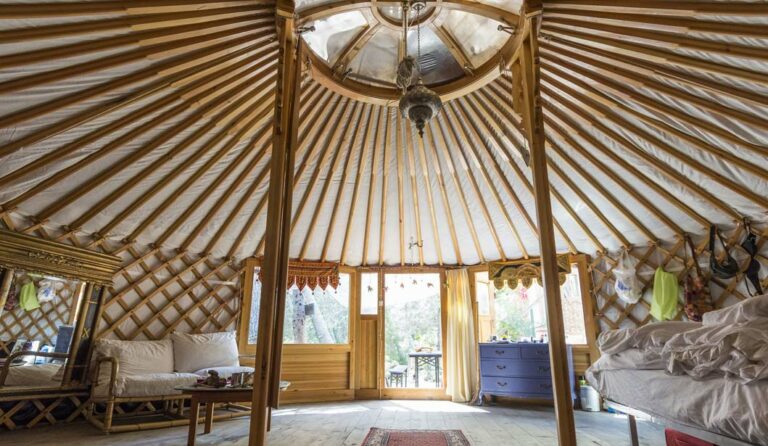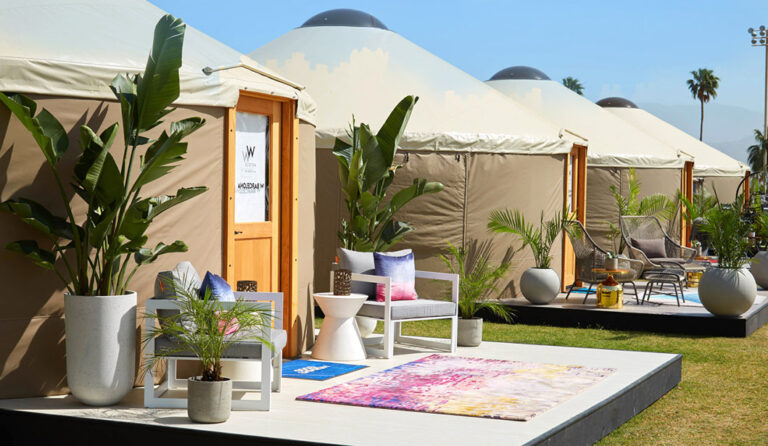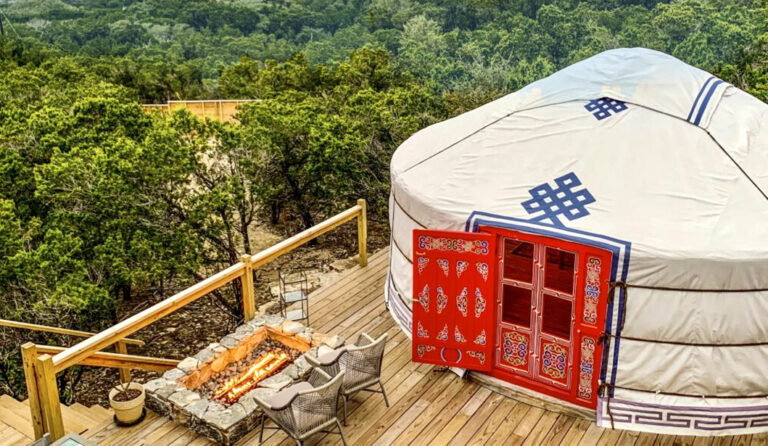About Yurt and its Structure –
Traditional yurts are made with wooden brace cross section dividers supporting sapling radiates held together at the top by a wooden ring.
The Yurt construction comprises a calculated gathering or latticework of wood or bamboo for dividers. A door jamb, ribs (posts, rafters), and a wheel (crown, pressure ring) perhaps steam-twisted. The rooftop structure is regularly self-supporting. But enormous yurts might have inside posts supporting the crown.
Despite the fact that yurts are extensively lighter than ordinary houses, there actually is extensive load to the materials, and the legitimate help structures should be in place.
Wooden stages
Numerous yurts are worked as raised constructions, either altogether or to some extent. Since many are assembled in areas with impressive slants. There is a propensity to develop these units on straightforward 4*4 braces, with little respect to horizontal unbending nature.
Furthermore, when yurts are assembled on stages or raised decks, they adjust the breeze stream in, around and under the structure. This training additionally intensifies waste and snow development issues. As dampness tends to stream all the more unreservedly under the structure.
The essential thought should be primary respectability. Only strolling on a stage or deck that is held up by 4*4 presents cause the structure to vibrate. Like the consonant impact of a scaffold structure influencing in the breeze (or a kid’s swing being impaled on increasingly large bends). This cadenced movement can increment in force, making the backings loosen up after some time.
Cross backings should be utilized, also to bind to hold the design covers firmly to joists or pillars. Guarantee that you have put an adequate number of braces along the length and expansiveness of the stage, to forestall droop. Wind streams can be an intense worry for yurt plan.
A moderate breeze, piped underneath the yurt, may surge, similar to the air underneath a parachute shade. This wind stream has an impending impact on warming and cooling, too. Yurts are intended to take into consideration simple air streams around and over the construction, and were never intended to take into consideration wind current underneath.
Concerns about Yurt structure –
The third concern is dampness redirection. Permitting snow burden to develop under your yurt will bring about high damp content in the spring. And the unexpected conceivable rot or shape development on the underside of the construction. Permitting water and snow to dissolve to channel unreservedly under the stage will add to the sabotaging of the earthen base on which deck posts rest. This diminishes underlying trustworthiness. You ought to introduce a water redirection framework on the upper edge of the yurt stage. And then diverting obstructions in a lead position on each deck support leg. This will limit the danger of water disintegration. You can change the set up in summer to optimise your yurt for the weather conditions.
Since yurts are considered as an “elective” to regular lodging. And it doesn’t imply that ill-advised or lacking development strategies ought to be utilized. Care in plan, development and management of your yurt. Also supporting the organization is a basic to building honesty for all intents and purposes in customary lodging.


